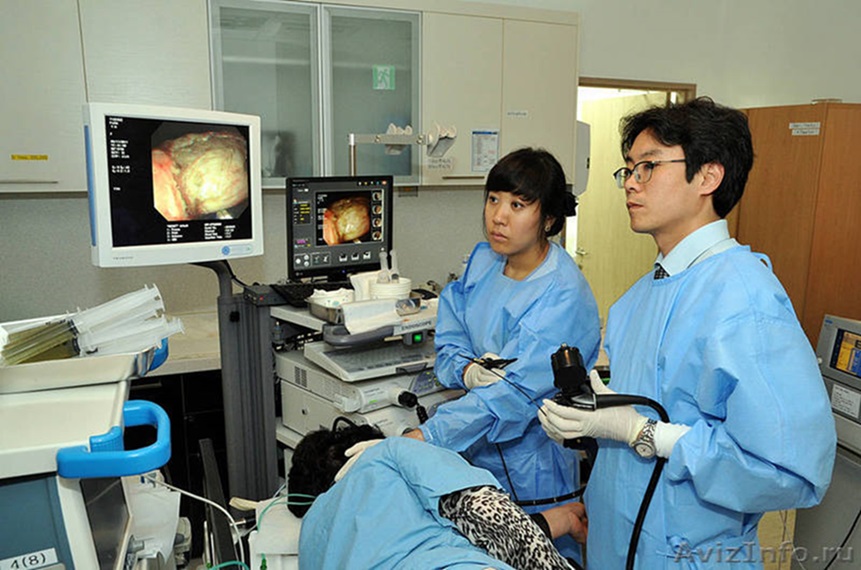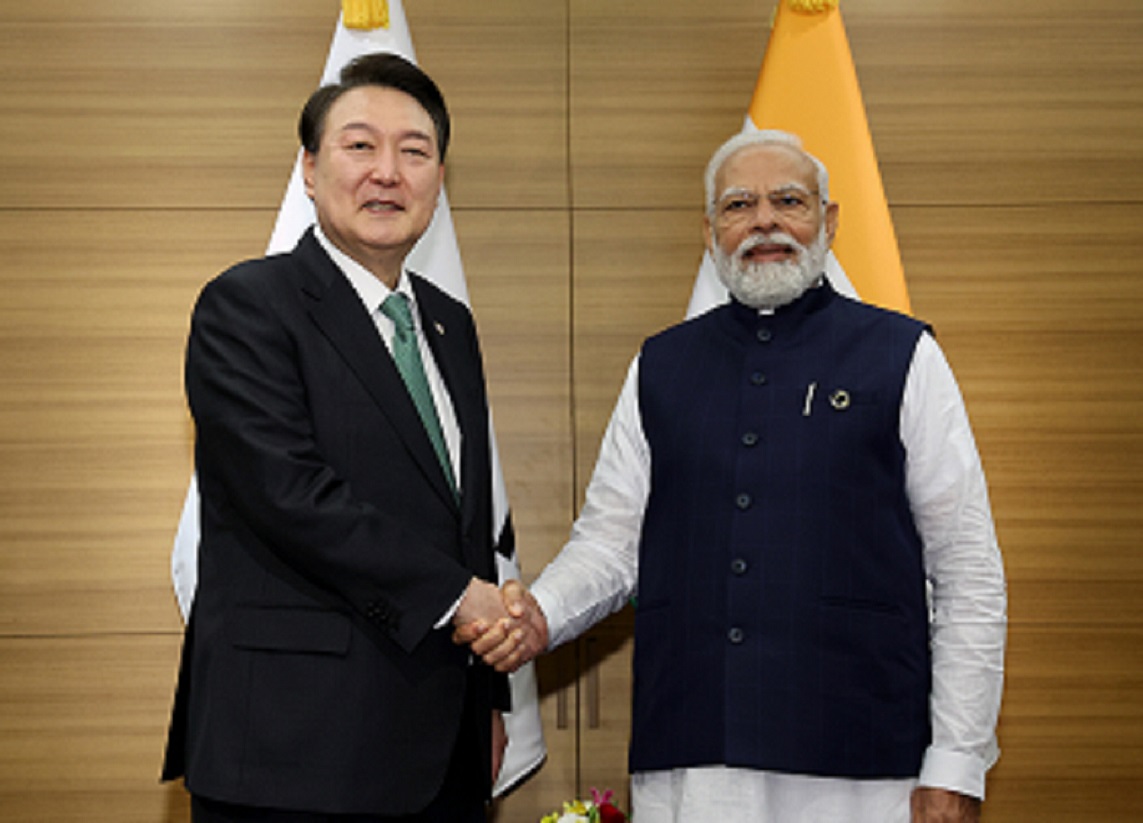An analysis of the migrant condition during the pandemic in India, brief on current measures in place, and recommendations for the way ahead.
Migration as a phenomenon is not new to India. Mobility in India has a far greater history that stretches from the 17th to the 19th century when millions were forced to flee homes due to famine or war (Penha, 2020). It took a pandemic and a lockdown to bring to light the plight of the migrant labour force, who in flocks took to streets to find their way home. The sheer number of migrants on the road made it an issue far too obvious to brush under the carpet for policymakers.
According to Aajevika Bureau (2020), the migrant workforce constitutes 100 million people, accounting for 1 in every 10 Indians. Their contribution to national income and infrastructure cannot be overlooked. Up until March 26th 2020, the Indian government (GOI) had turned a blind eye to the largest part of its unorganized workforce. The crisis exposed how badly Indian state policies had failed to provide them with adequate socio-legal protection. The pandemic is not to be blamed for being a causal factor of migrant plight, it may have at best aggravated pre-existing gaps.
Dwindling opportunities in villages pushed them to glittering cities that extracted their labour to build its roads and high towers but failed to provide decent housing, water, sanitation, healthcare, and most importantly their fundamental right to vote. Political disenfranchisement both at their ‘source’ states and destination owing to their impermanent, nomadic nature of work is the root cause of this injustice (Srinivasan, 2020). Added to this, lack of credible data on the migrant population who go uncaptured in Census or BPL surveys renders policymakers ineffective.
At a time when the GOI and contractors need to regain the trust of the migrant workforce, the recent relaxation of labor laws and lack of a legislative process behind the same is seen to be a violation of basic human rights. P. Sainath goes on to claim that it “sets back the gold standard on working hours by a 100 year”, not to mention that it violates international labor conventions that India is a party to. The ‘right to the city’, the right to live in urban spaces with dignity is an entitlement of the migrant workforce and not charity doled out by the GOI.
This article aims to briefly highlight existing measures for the migrant workforce by the GOI in response to the pandemic and few recommendations on the way forward.
The relief measures for the migrant workforce under the broad economic package ‘Atmanirbhar Bharat Abhiyan’ can be viewed as short-term and medium-term measures.
Short-term measures include:
- extension of free food grain under the ‘Pradhan Mantri Garib Kalyan Ann Yojana’ extended till end of November 2020;
- one-time payment under ‘Jan-Dhan Yojana’;
- livelihood opportunities provided under the ‘Garib Kalyan Rojgar Abhiyaan’ to returnee migrants in various infrastructure projects in their native places and
- accessible loans under the ‘Mudra Yojana’.
Medium-term measures include:
- ‘One Nation, One Ration Card’ is a universalization of the PDS that aims to ensure portability of food security to migrants by eliminating domicile-based eligibility criteria to essential ration.
- Building inexpensive rental dwellings for migrant workers in cities;
- setting up of a Migrant Commission to undertake a mapping of worker’s skill matrix, etc.
Although appropriate, such measures are being criticized for their inefficiency to tackle the gaping socio-economic inequities exposed by the pandemic. The pandemic has been unbiased in its attack on humanity. Having said that, not everyone has the same resources to bounce back when things go crumbling and the State needs to have systems in place to cushion the fall for those historically marginalised. To regain the faith of the migrant labor force and to find a holistic sustainable solution to the migration crisis; a coordinated tripartite (Centre, guest state, and home state) approach is required. Here below is a list of recommendations compiled from various sources that could be a way forward to establishing institutional mechanisms to create socially just urban spaces.
- Creating a Database:
Labor mobility is a heavily understudied domain in our country. Identification and enumeration of migrants are crucial to understand the intensity of inter-state migration and to develop both universal and targeted social policies. This enumeration can be undertaken by the government in liaison with worker platforms and civil society organisations. Pre-existing data from schemes like the MNREGA, PMJDY, etc. too could be utilized to compare enrolments from previous years to obtain fresh enrolments (The Indian Express, May 30th 2020). UP’s CM Adityanath Yogi’s approach (wherein the devil lies in its implementation) of profiling migrants based on skills and other demographic factors is a laudable effort that could be replicated across states. This could help address issues of demand-supply of labor and help formulate targeted policies.
- Minimum Income Support:
Rural India owing to higher consumption of essential products coupled with government direct income transfers and rural schemes is expected to fare better than urban spaces (LiveMint, June 25th 2020). It thus becomes pertinent to inject money to increase consumption, thereby increasing consumer demand. Economists at the Indian Society of Labor Economics (ISLE) have advocated immediate income transfers akin to a short-term universal basic income of INR 6000 per month. This figure is a rough estimation of the administrative national floor wage. It is estimated by ISLE that 20 crore households would require cash assistance over the next three months and is expected to cost the government INR 3,60,000 crores (IndiaSpend, May 31st 2020).
- Providing Decent Housing:
More than as a measure to incentivise migrant workforce to return to cities, ensuring decent affordable housing is a prerogative of any State government to its labor force. The Kerala government’s housing project, ‘Apna Ghar’ is a pioneer in the country in providing affordable housing to its migrant workforce. Project valued at 8.5 crores, housing 640 people, costing INR 750-1000 per month is an example of affordable housing that could be replicated in other states (TOI, April 4th 2020).
- Portability of welfare schemes:
The One Nation One Ration Card scheme has been rolled out in 10 states so far. If implemented across states effectively, keeping leaks in check, can truly hold potential. Apart from the portability of food security, over time this measure could be extended to further include healthcare and educational benefits for migrant workers and their families.
- Diversification of Rural Economy:
The rural economy without the millions of returnee migrants is already overburdened with hidden underemployment in the agricultural sector. This over-reliance on agriculture and lack of diversification will put immense pressure on the rural economy to tackle the reverse migration issue.
Diversification in the form of ‘Secondary Agriculture’ could be a potential option. Although there is no fixed definition, Secondary Agriculture can be defined as a productive activity that aims to better utilise idle factors like land, labor, residues of the agricultural process to generate additional income. Off-farm activities like bee-keeping, poultry, weaving, pottery, utilization of agricultural by-products, etc. can help hedge farm risks and create more jobs. Financial literacy, marketing skills, institutional credit to the farmers by the GOI can help improve the standard of living for its rural citizens (Financial Express, 2019).
- Mindful Labelling:
There is a latent misconception that citizenship and identity are unrelated. Labeling has to be seen as a deeply political process and one needs to raise serious questions on who has the power to decide and enforce these labels. For example, schemes like the – ‘Pradhan Mantri Garib Kalyan Ann Yojana’, ‘Garib Kalyan Rojgar Abhiyaan’, etc. reduces a majority of the Indian population to a mere label of ‘garib/poor’ de-linking them from their stories, history and culture. These reductionist labels have become synonymous with tags like ‘lazy welfare recipient’, ‘deviant’, ‘unintelligent’, etc. This is problematic as it individualises the need for ‘development’ cunningly making invisible the structural forces at play.
- Ensuring a Political Voice:
Lack of information, critical skills, and bargaining power of migrant workers ensure that they remain exploited. It is important that they are allowed to exercise their fundamental right to vote and are not discriminated against due to the constraints of their profession. In a recent memorandum to the Election Commission, several rights groups demanded the migrant community be extended the facility of postal ballots to cast their votes in their home states (The Hindu, July 2020). This measure if adopted could be one step closer to creating a more inclusive democracy.
The pandemic in all its hopelessness provides an opportunity to create radical systemic changes. In light of the GOI’s ‘Atmanirbhar Abhiyan’, the State must not forget that it has a duty (as mandated by the Constitution of India) to provide social, economic, and political justice to all its citizens, especially those less ‘self-reliant’.
Apart from softening the blow for the millions of migrant workers, it is imperative that future policies and planning empower the migrant workforce and recognize them as legitimate citizens. Citizens who not just inhabit, but equally partake in shaping their rights to a dignified life in urban India.
Title image courtesy:https://www.theatlantic.com/world
References:
Aajeevika Bureau. (2020). Unlocking the Urban: Reimagining Migrant Lives in Cities Post-COVID 19. Rajasthan: Aajeevika Bureau. Retrieved from http://www.aajeevika.org/assets/pdfs/Unlocking%20the%20Urban.pdf
Financial Express. (2019). Secondary agriculture: The shift Indian farming needs. Retrieved 12 July 2020, from https://www.financialexpress.com/opinion/secondary-agriculture-the-shift-indian-farming-needs/1807044/.
Paliath, S. (2020). ‘Centre Has Offered Nothing Against Jobs Lost By Informal Workers, Circular Migrants’ |. IndiaSpend. Retrieved 13 July 2020, from https://www.indiaspend.com/centre-has-offered-nothing-against-jobs-lost-by-informal-workers-circular-migrants/.
Penha, M. (2020). The Peshwa’s tax holiday: How the Mughals and Marathas dealt with distress migration. The Hindu. Retrieved 12 July 2020, from https://www.thehindu.com/society/history-and-culture/the-peshwas-tax-holiday-how-the-mughals-and-marathas-dealt-with-distress-migration/article31875853.ece.
Srinivasan, R. (2020). Powerless away, powerless at home. Business Line: The Hindu. Retrieved 13 July 2020, from https://www.thehindubusinessline.com/opinion/columns/r-srinivasan/powerless-away-powerless-at-home/article31907930.ece.
The Hindu. (2020). Allow postal ballot for migrant workers, rights groups tell EC. Retrieved 19 July 2020, from https://www.thehindu.com/news/national/allow-postal-ballot-for-migrant-workers-rights-groups-tell-ec/article32124659.ece.
Times of India. (2020). Why Kerala is a Home to Outsiders. Retrieved 11 July 2020, from https://timesofindia.indiatimes.com/india/why-kerala-is-a-home-to outsiders/articleshow/74977847.cms.
P. Sainath. (2020). The migrant and the moral economy of the elite. People’s Archive Of Rural India. Retrieved 12 July 2020, from https://ruralindiaonline.org/articles/the-migrant-and-the-moral-economy-of-the-elite/.
Ghosh, S., & Ghosh, P. (2020). Time has come for a complete overhaul of obsolete legislation regulating migrant labour in India. The Indian Express. Retrieved 15 July 2020, from https://indianexpress.com/article/opinion/columns/migrant-crisis-supreme-court-india-lockdown-coronavirus-6433681/.
Bera, S. (2020). India Inc’s big bet on Bharat saving the day. Livemint. Retrieved 11 July 2020, from https://www.livemint.com/news/india/india-inc-s-big-bet-on-bharat-saving-the-day-11593009631355.html.








